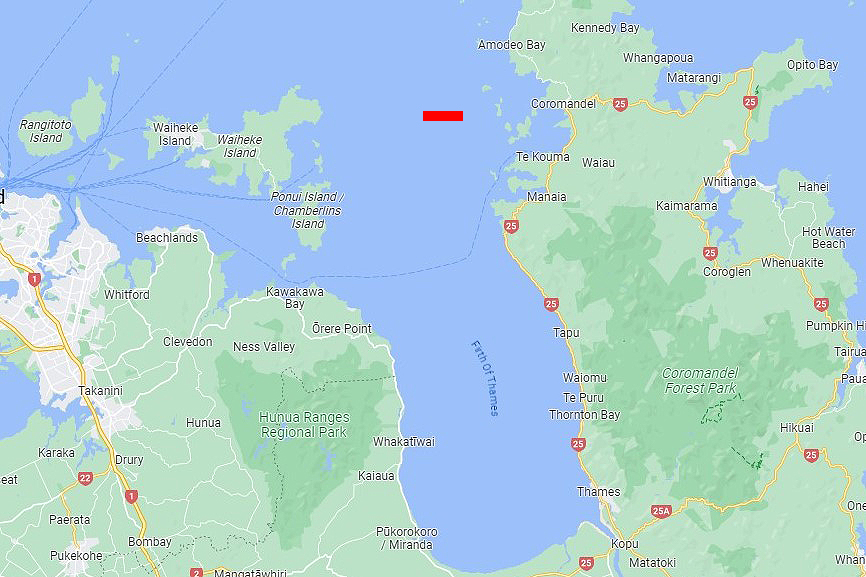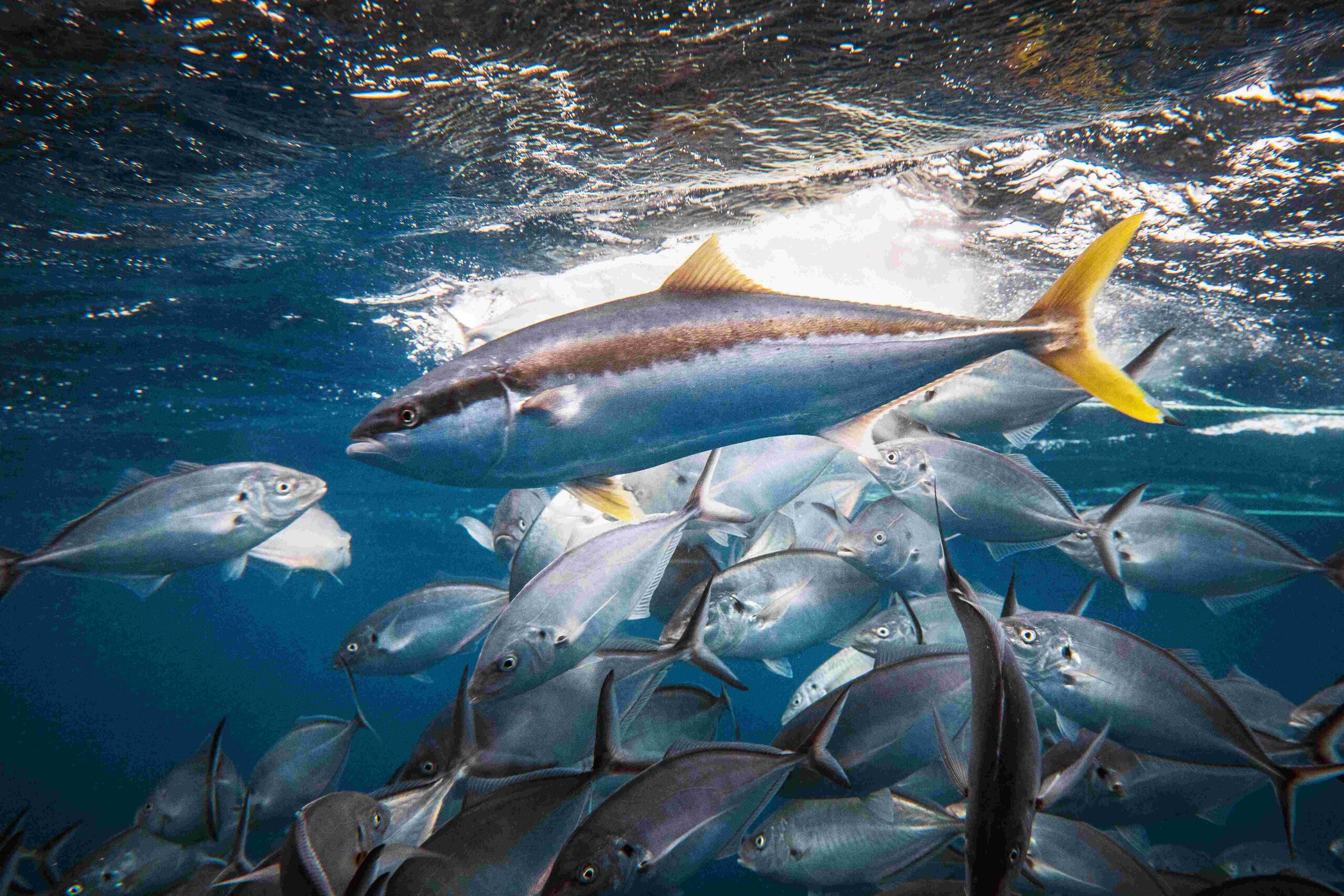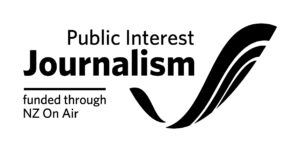An invasive seaweed, lack of environmental mitigation planning and animal welfare issues were among the objections raised at a recent hearing for a proposed kingfish farm forecast to export $110 million worth of product annually.
However, supporters of the application say the proposed fish farm will have significant economic and community benefits for the region, and could create up to 350 jobs.
The hearing, held in Paeroa on April 17-21, involved a coastal permit application lodged with the Waikato Regional Council in 2020.
The application had been publicly notified, and a number of submissions both for and against were discussed at the hearing.
The applicant was Pare Hauraki Kaimoana, a company owned by the Hauraki Māori Trust Board, which represents 12 iwi in the Hauraki region.

It proposed the development of a farm within the Coromandel Marine Farming Zone (CMFZ), a 300 hectare area located 13.5km offshore from Coromandel Town in the inner Hauraki Gulf.
Pare Hauraki Kaimoana already holds 240ha of space within the CMFZ, plus an additional 60ha of settlement space allocated under the Māori commercial aquaculture claims settlement act 2004.
It sought consent to farm caged kingfish, along with mussels, sea cucumbers, sponges, kelp, algae and seaweeds.
“[It] will provide significant social, cultural and economic benefits to the iwi of Hauraki, as well as the Thames-Coromandel District and Waikato Region,” the company’s application said.
“Pare Hauraki Kaimoana provides well over $1 million per annum in the form of grants for kaumatua, marae, education, arts and sports.”
The company said its farming activities would promote the sustainable management of natural and physical resources in the coastal environment, while also safeguarding the life-supporting capacity of the Hauraki Gulf.
“The proposal will contributeto the government’s objective for aquaculture in the regions of New Zealand to become a $3 billion industry by 2035,” the application stated.
However, a submission from Forest and Bird asked that the application be denied outright on several grounds, including the possible impact on the environment, the likelihood of increased waste and nutrients being released into the Hauraki Gulf, and the potential for the spread of pests.
Protect Our Gulf, an advocacy group based on Waiheke Island, also strongly opposed the application, stating it “failed to meet the requirements of the resource management act”.
The group drew parallels between this farm and salmon farms in the South Island, which have struggled with warming seas, animal welfare issues and mortality rates of “over 20 per cent per year”.

Several other submissions supported the application in part, with many raising concerns about the lack of detail around managing potential adverse effects.
The Department of Conservation had issues with the potential effects on seabirds and other marine life.
It also was concerned about the farming of undaria, a highly invasive species of kelp it labelled a “pest”, known to outcompete native seaweeds.
However, Pare Hauraki Kaimoana’s application noted the seaweed species had been established in the Waikato region since 2002.
The Ministry of Primary Industries stated the application was unclear on specific details, such as “potential changes in water quality, benthic [sea floor] impacts, indigenous biodiversity, biosecurity management, and proposed consent conditions to manage environmental effects, which require further development. Further, management plans for seabirds or marine mammals have not been provided”.
A submission from Thames Coromandel District Council supported Pare Hauraki Kaimoana’s application, stating it would contribute positively to the Coromandel, Waikato and national aquaculture economy and to Māori economic wellbeing.
Hauraki District Council was also supportive, acknowledging the widespread benefits the farm could have for the community, including employment and support of local iwi.
Pare Hauraki Kaimoana’s proposed farm would include five farming blocks.
Three of these would hold a total of 36 kingfish pens and the remaining two farming blocks would hold the other species.
At full development, the farm is forecast to produce approximately 8000 tonnes of kingfish (live weight) a year.
The application listed its potential export revenue at approximately $110 million per annum, and said the farm had the potential to create more than 350 full-time roles, both directly and within related industries. A likely export market for kingfish would be Japan, the application stated, where it would be used for sashimi.
The company also lodged a request asking for a rule change to the Waikato Regional Coastal Plan, to allow it to place subsurface anchor lines and anchor structures outside the boundaries of the CMFZ.
By ALICE PARMINTER, Public Journalism funded by NZ on Air




